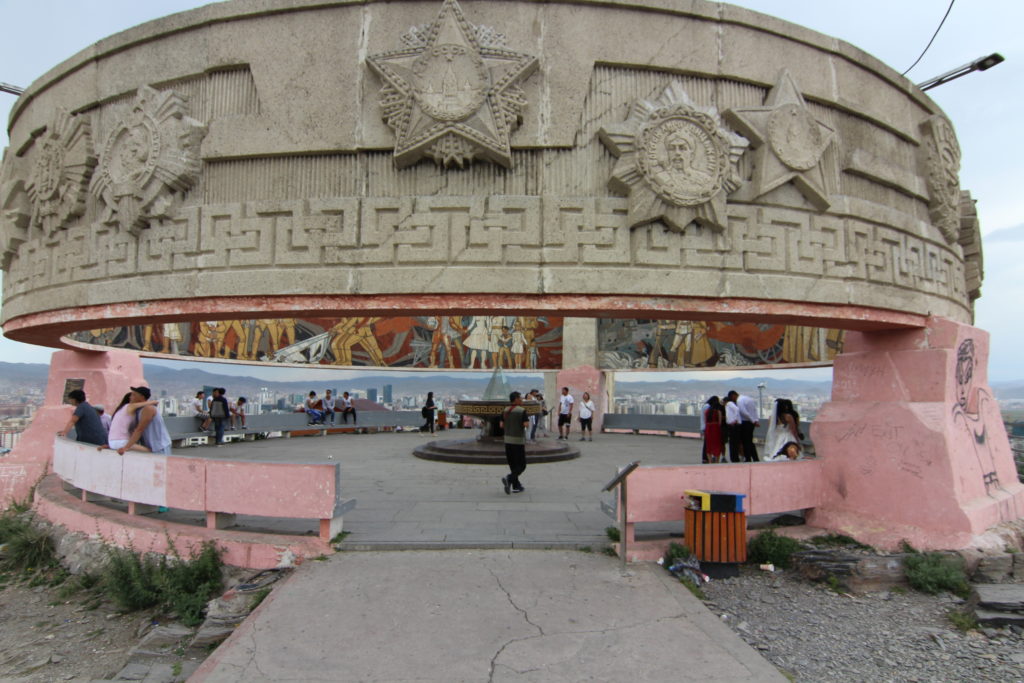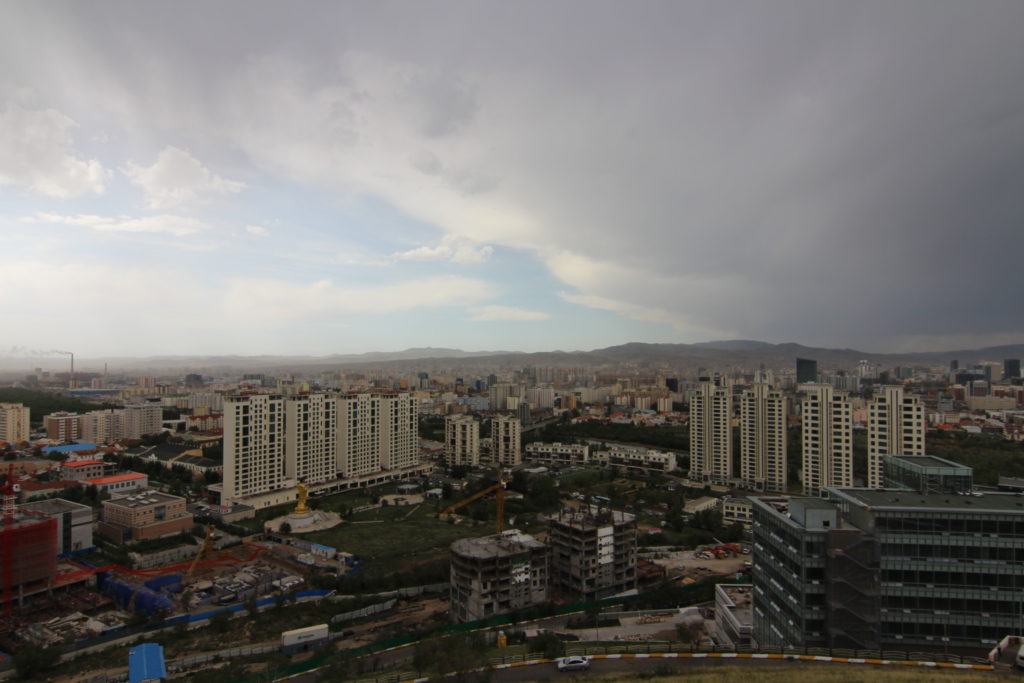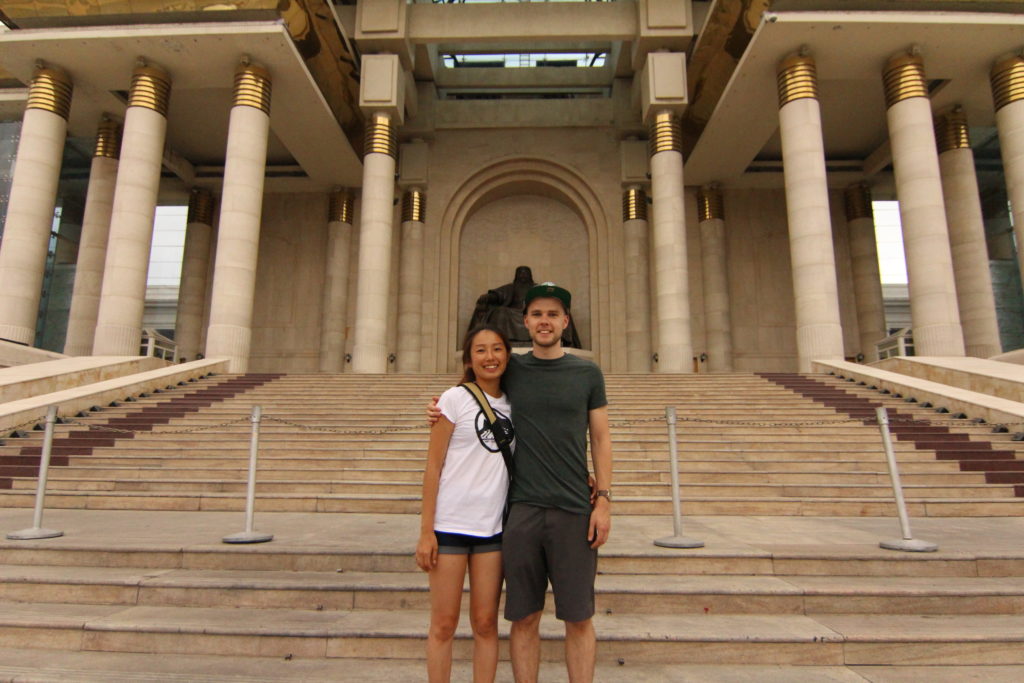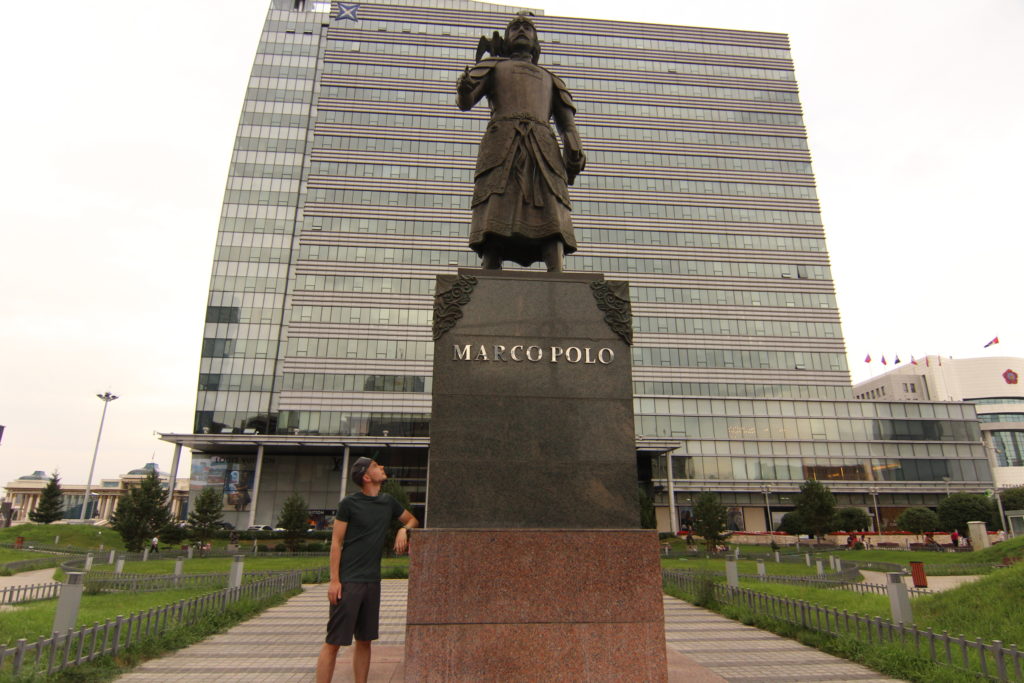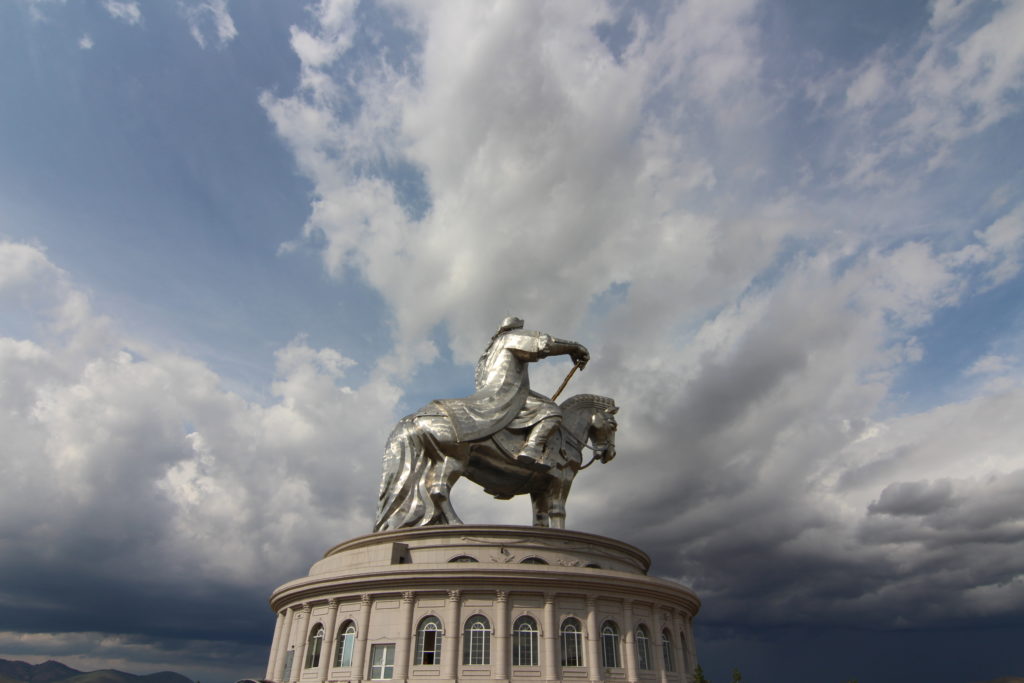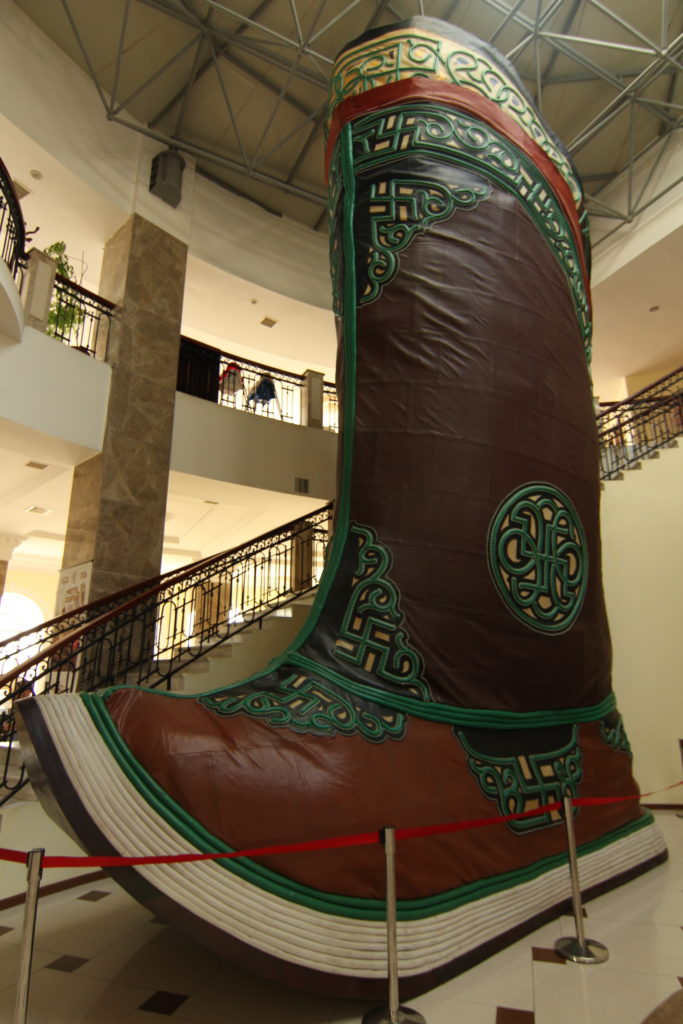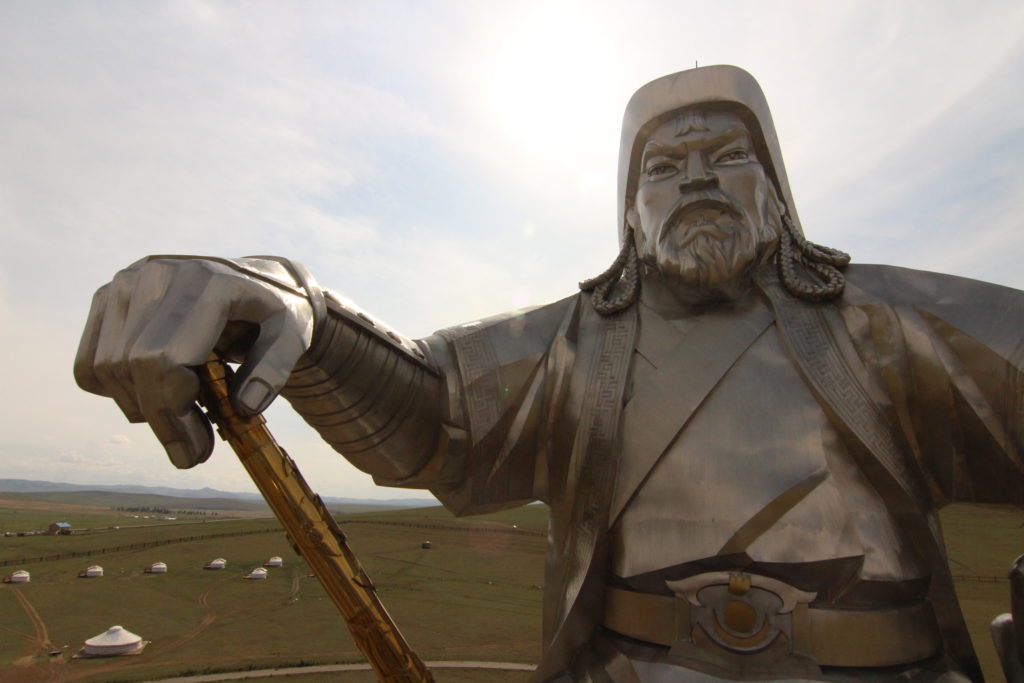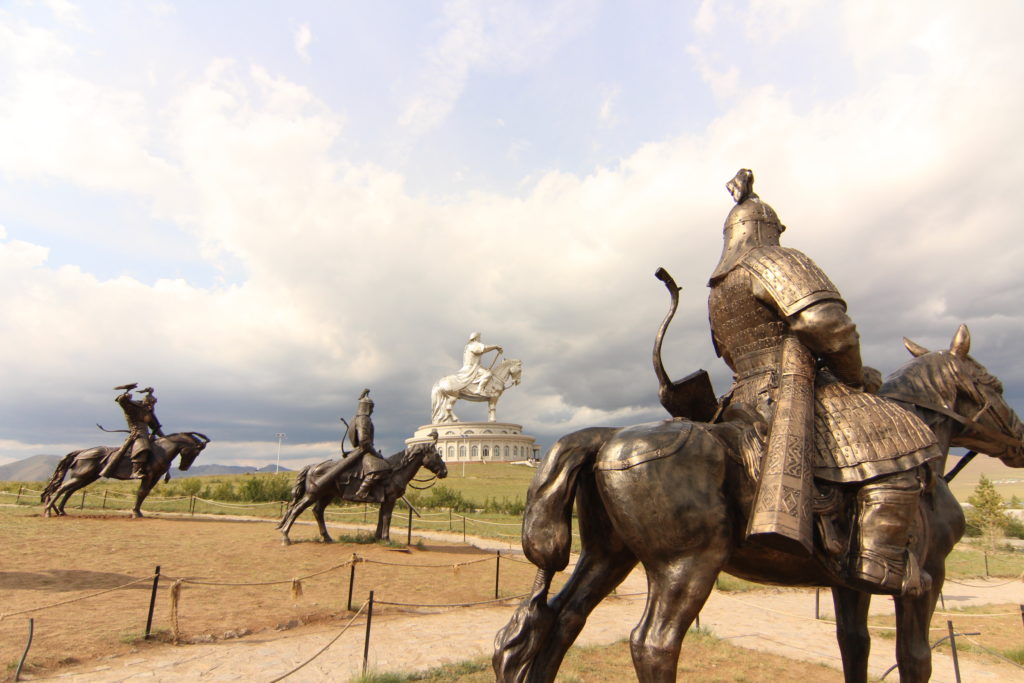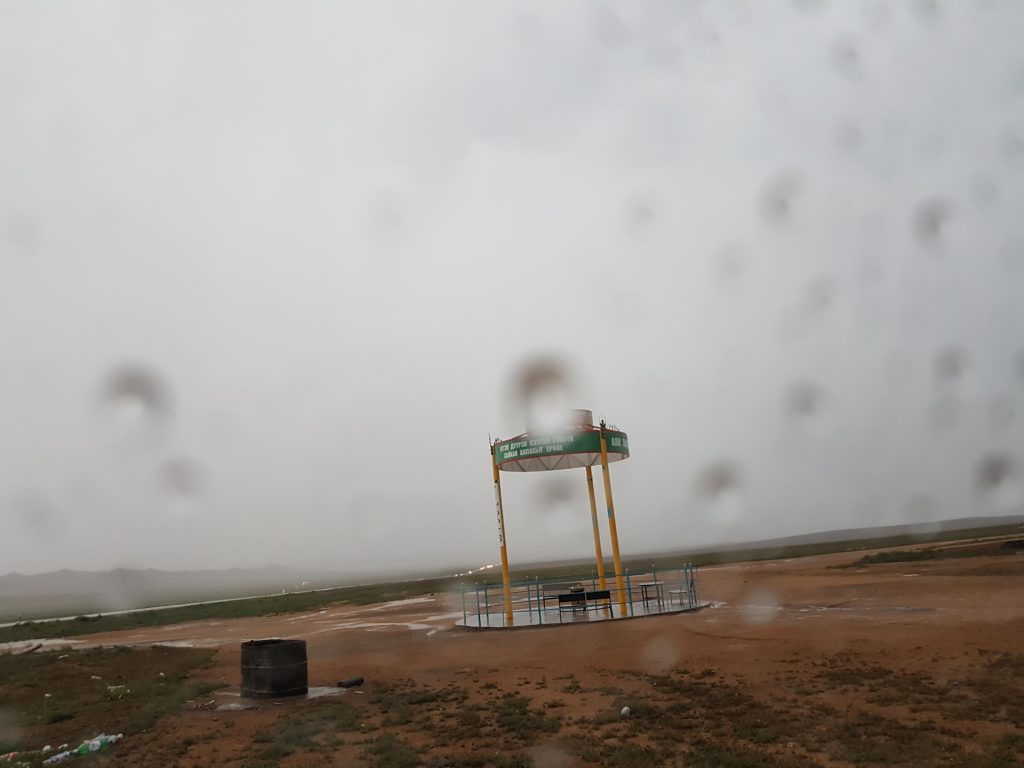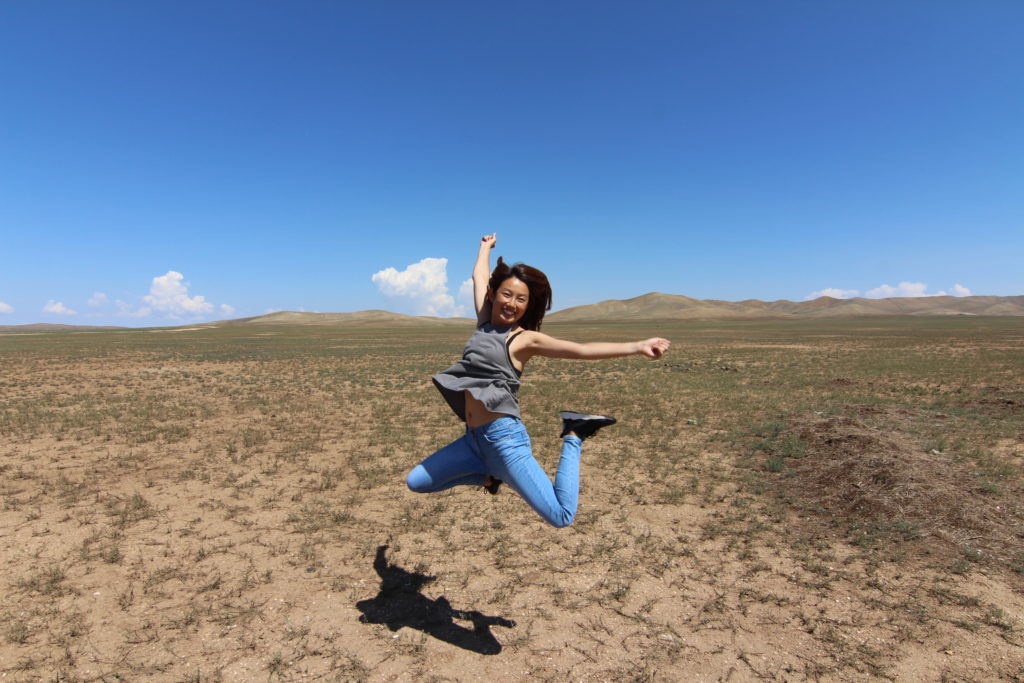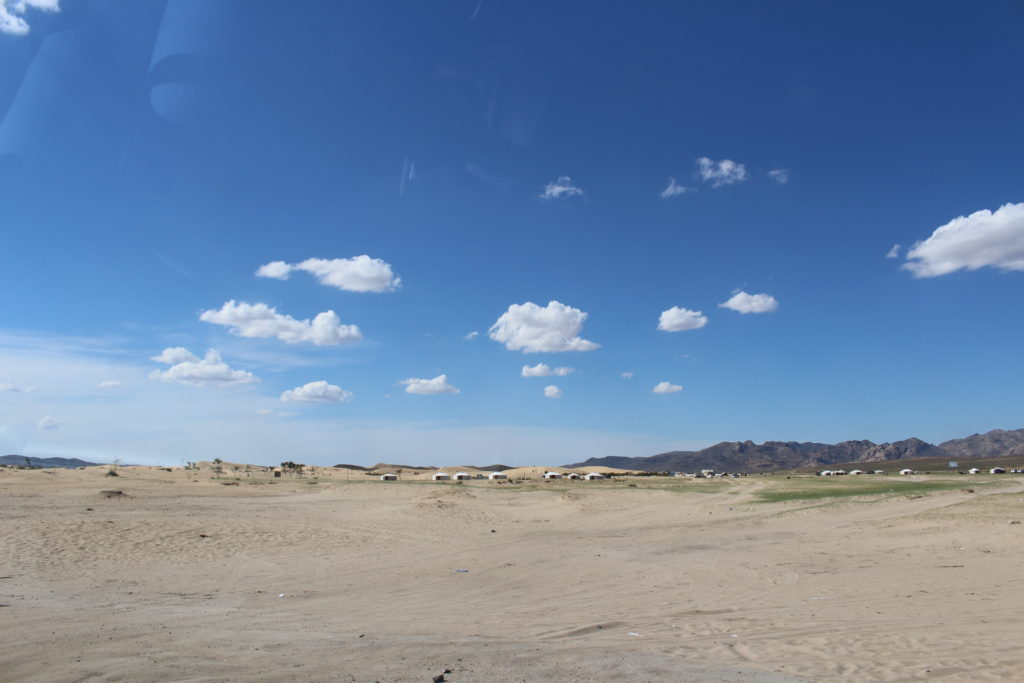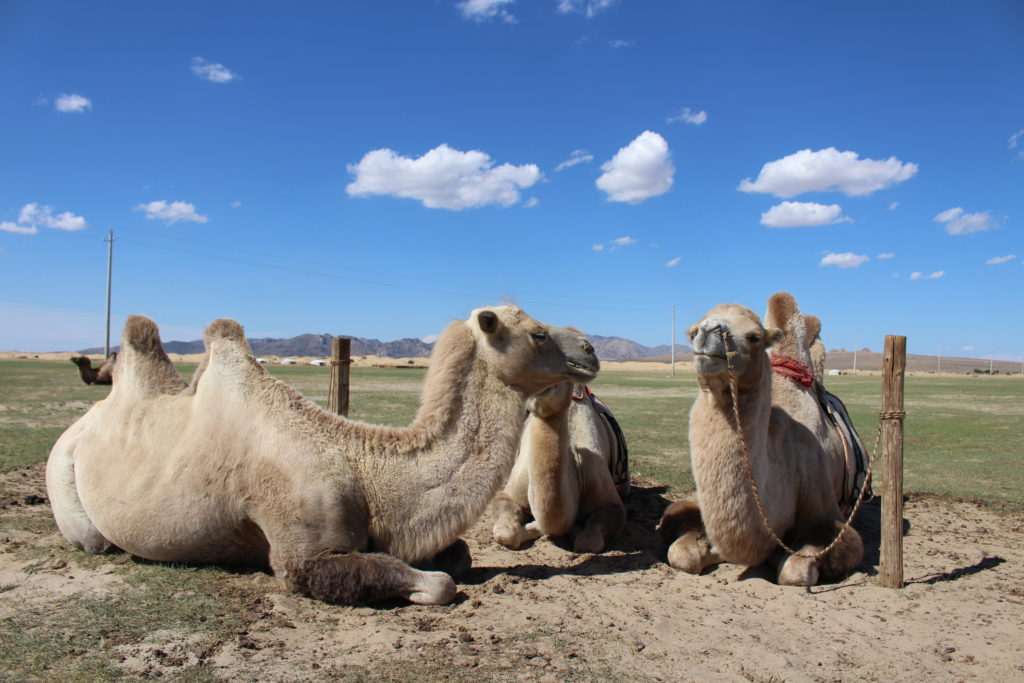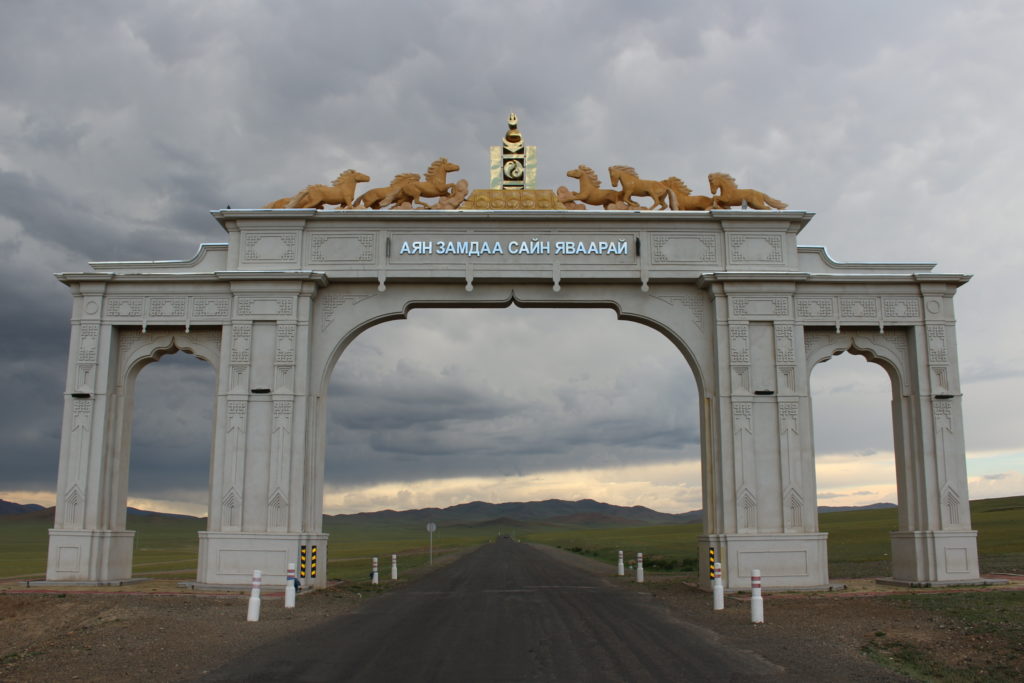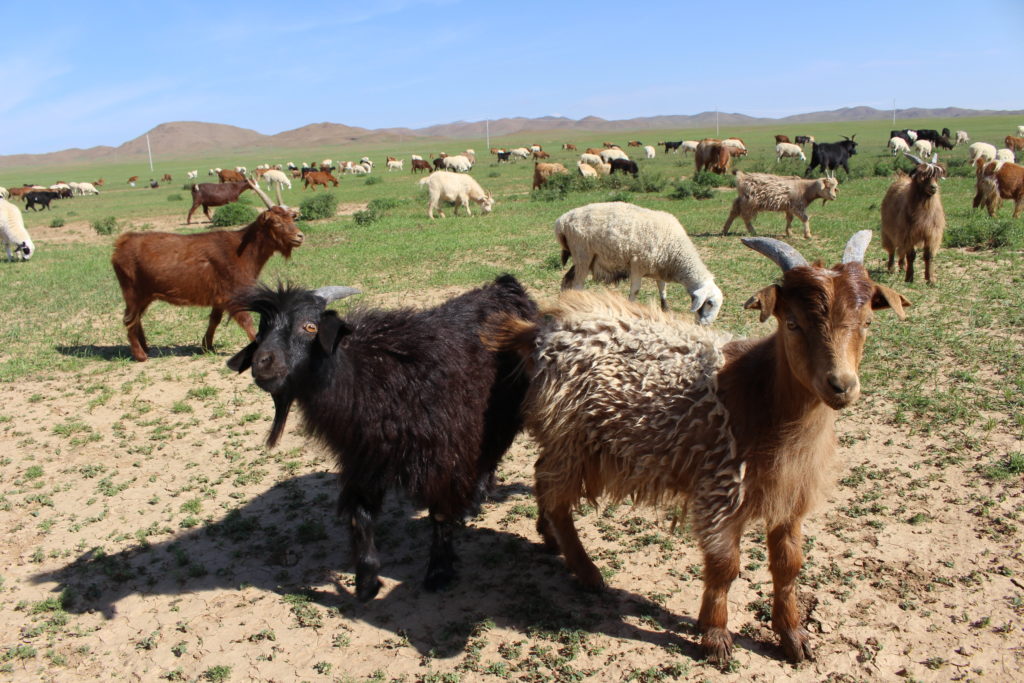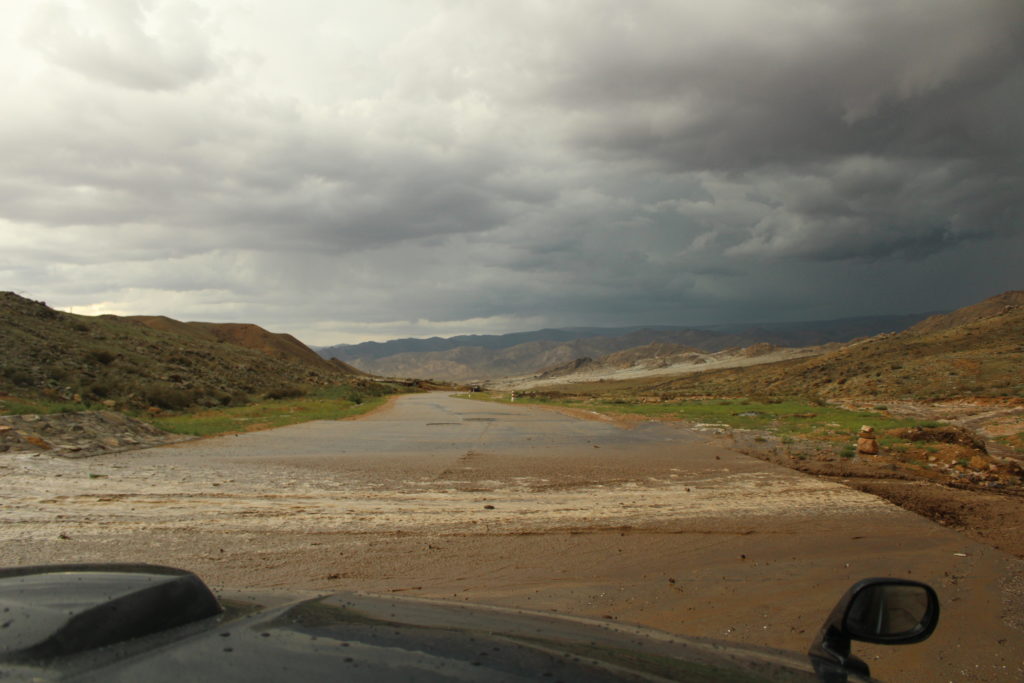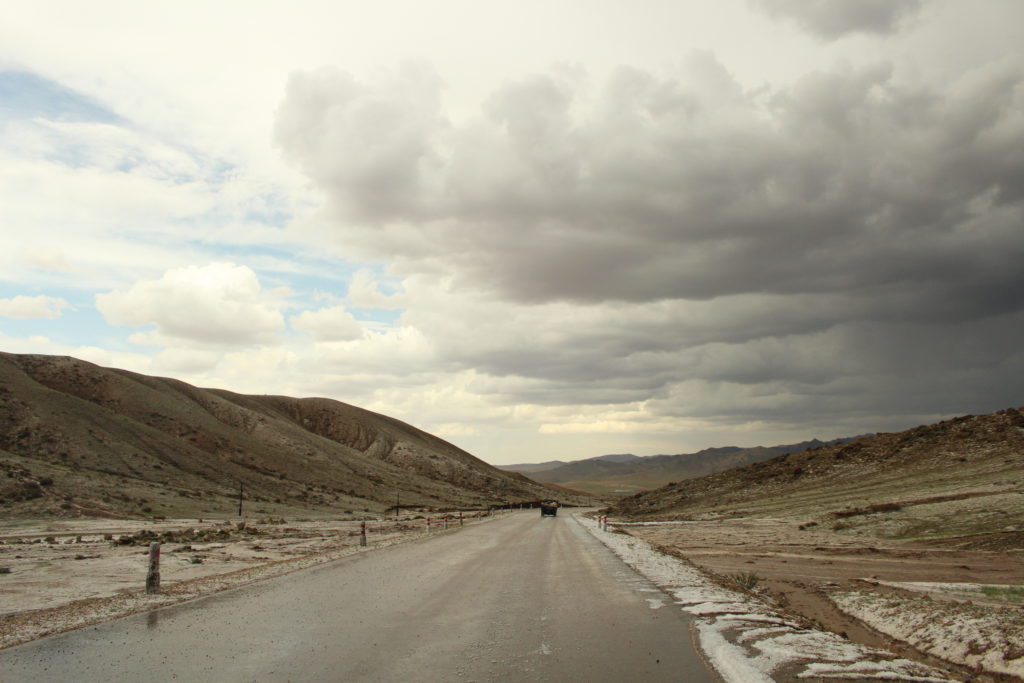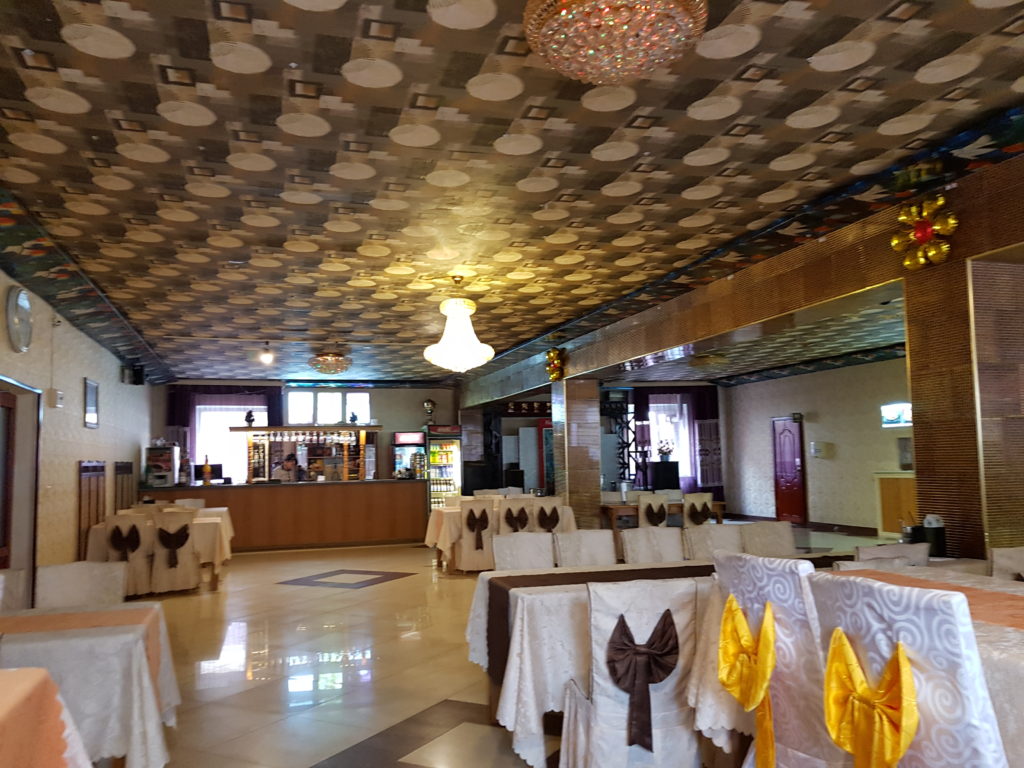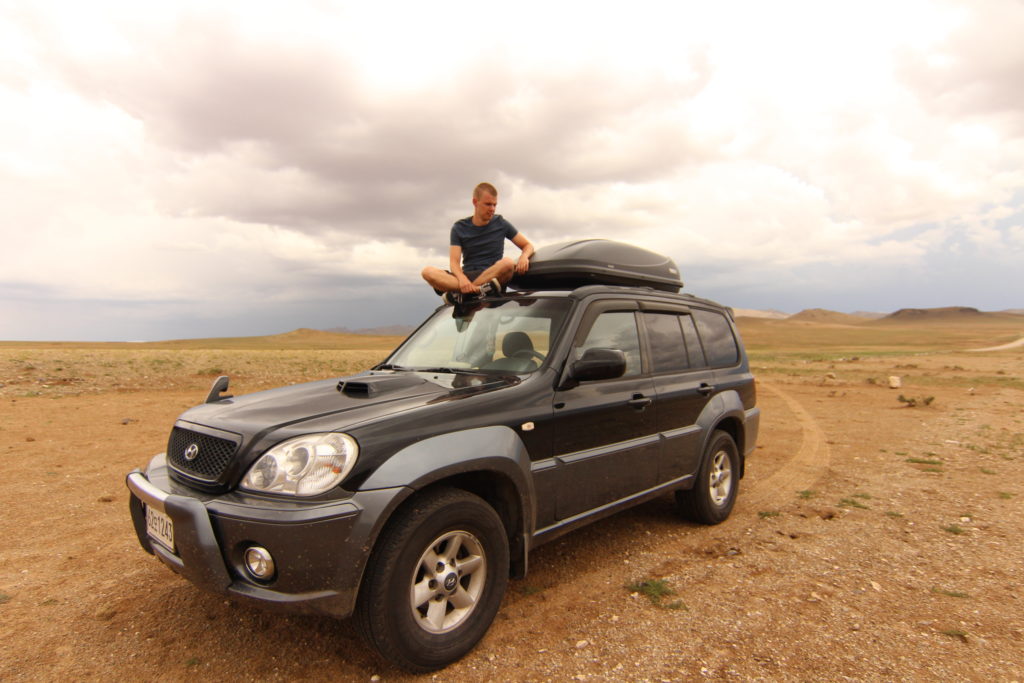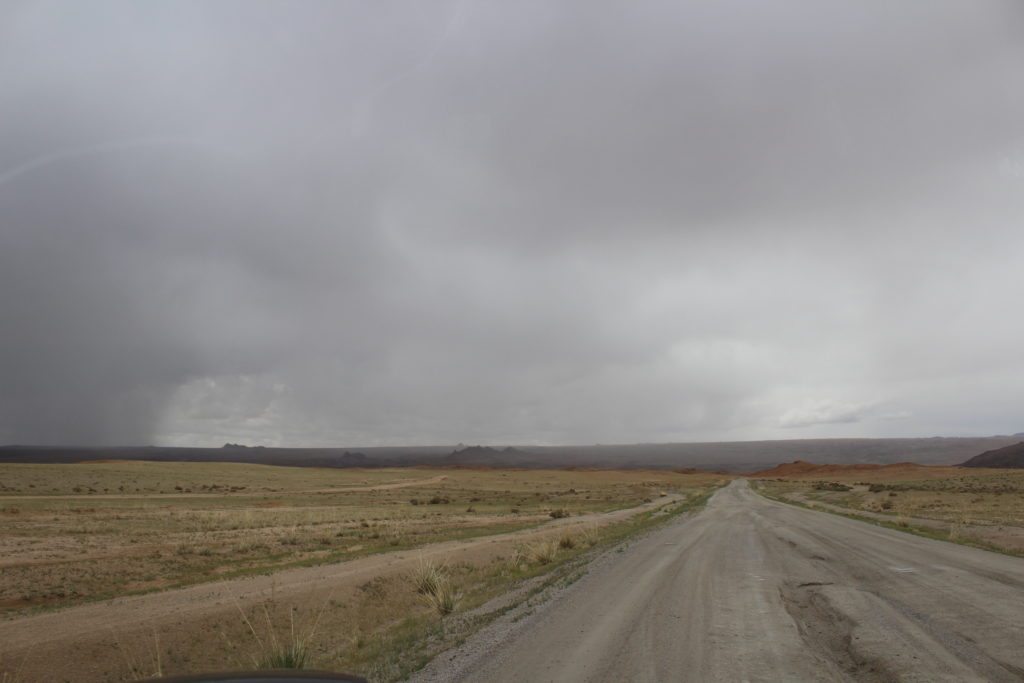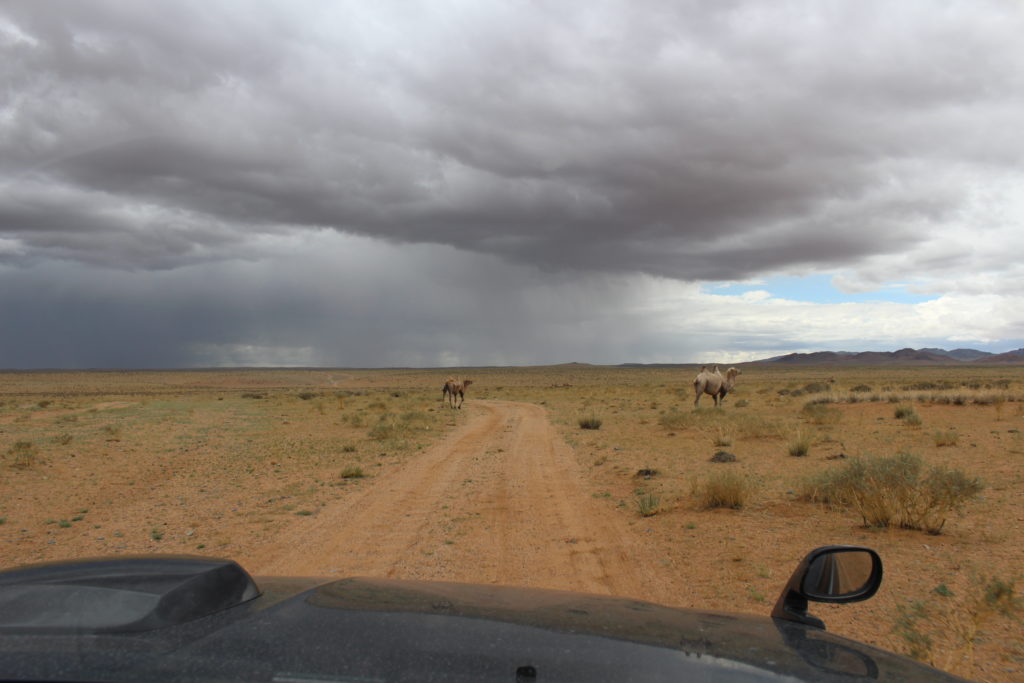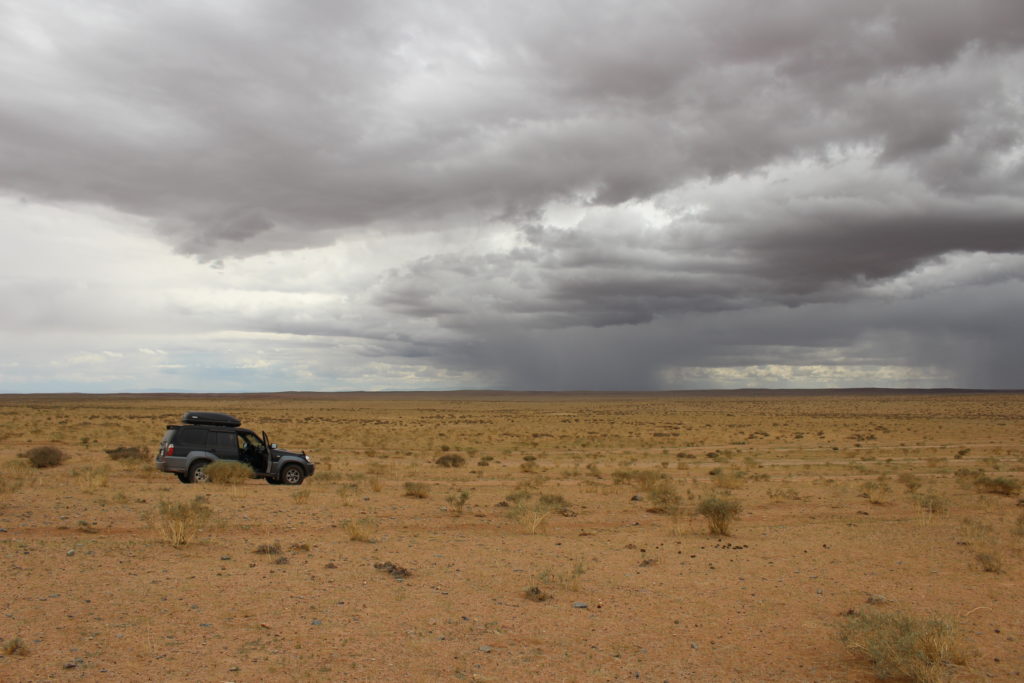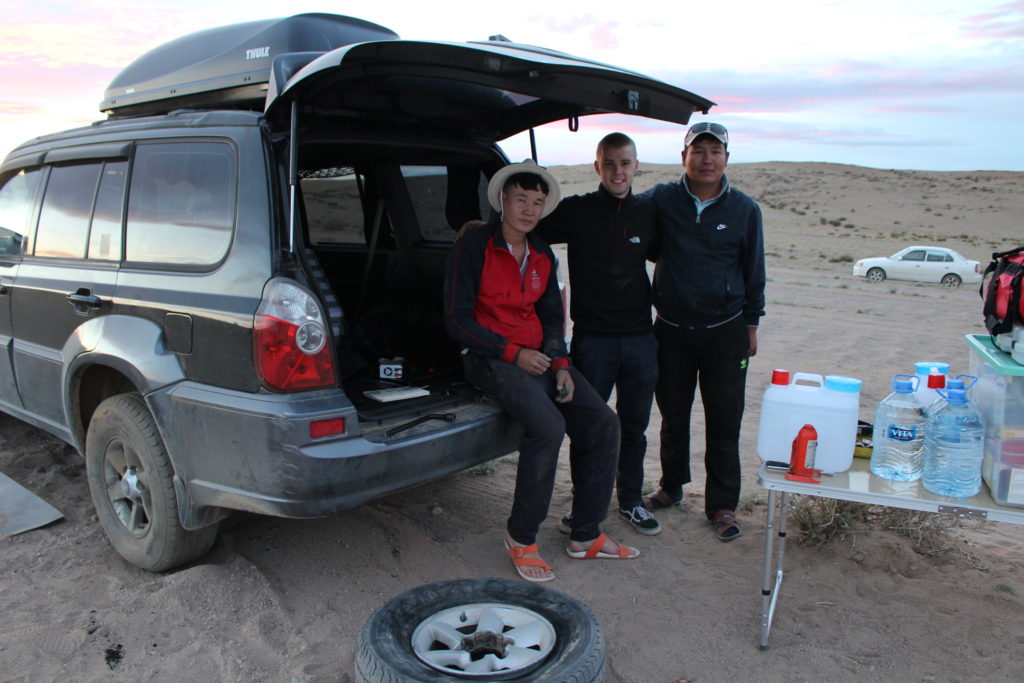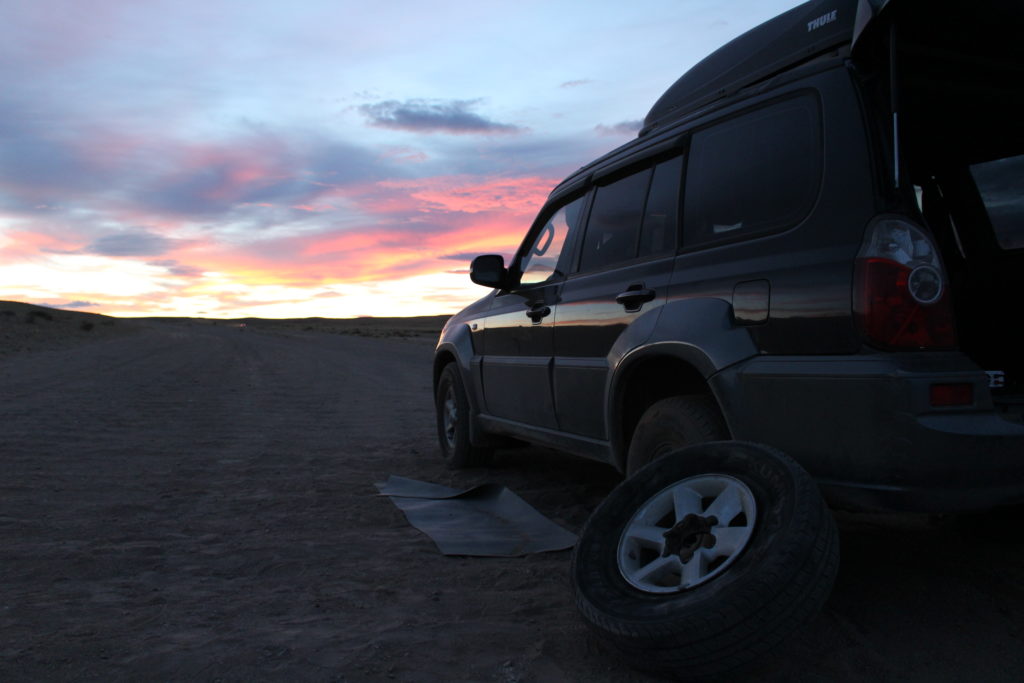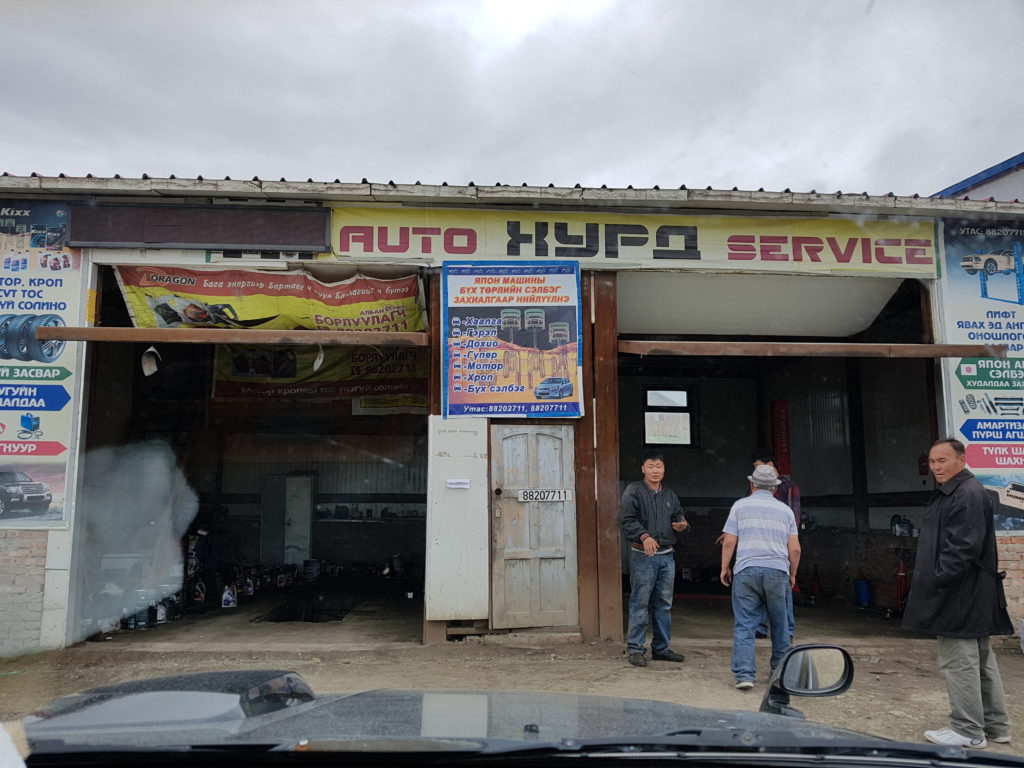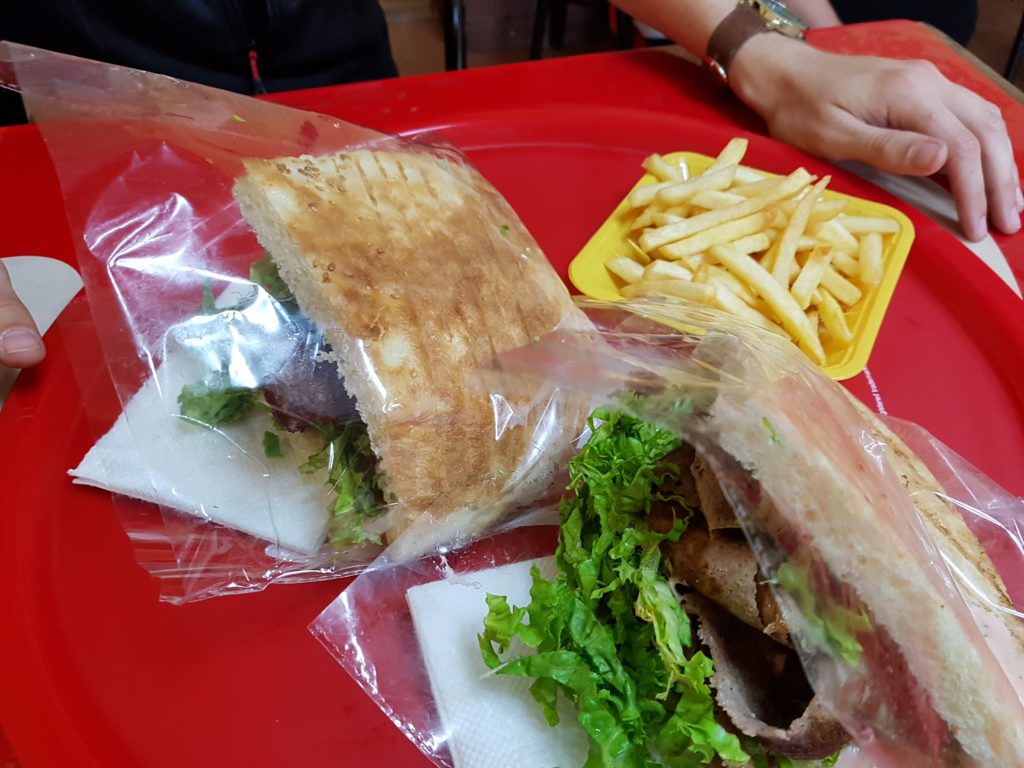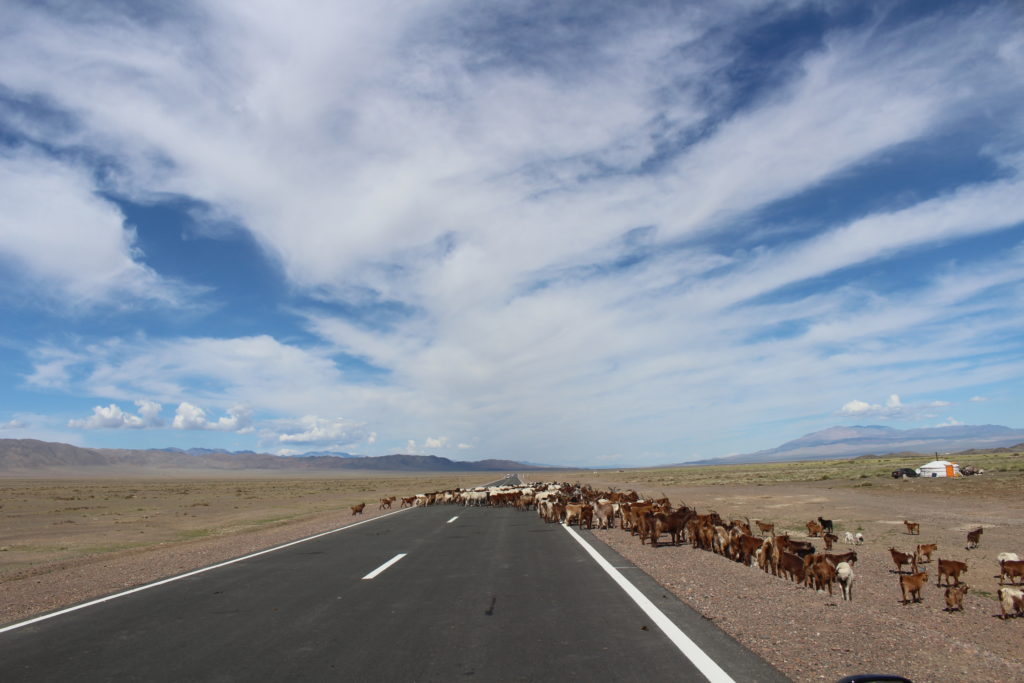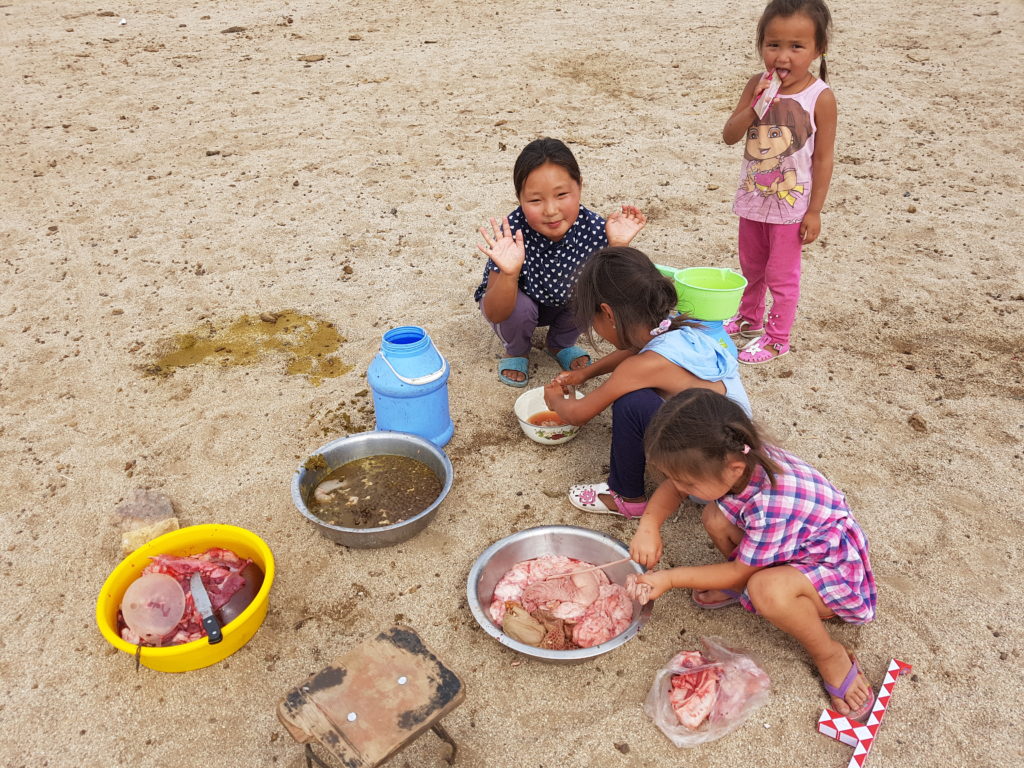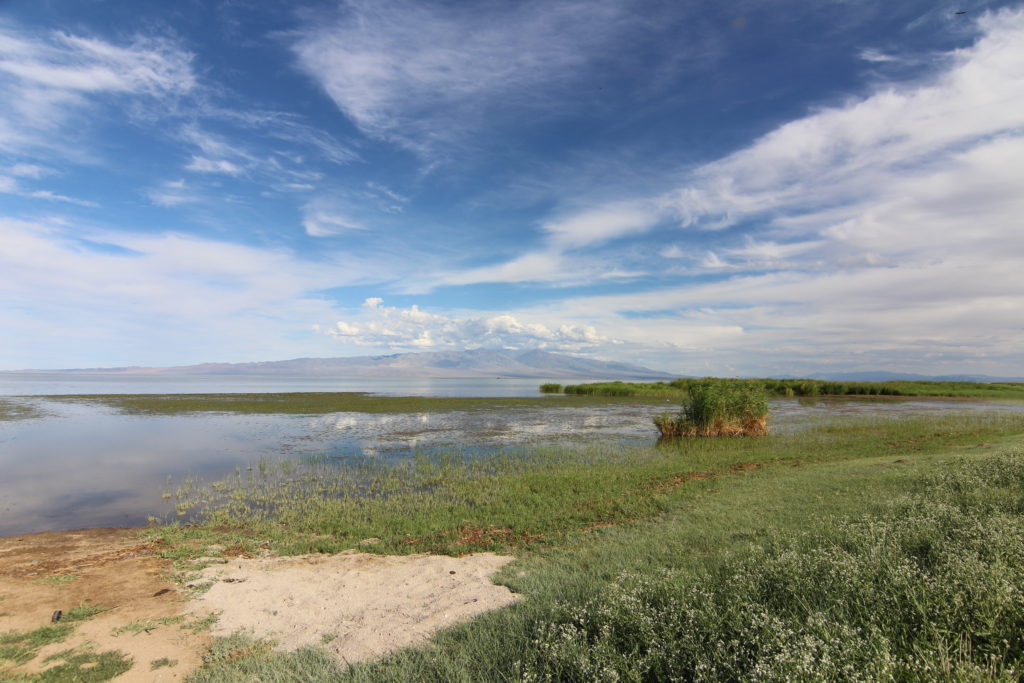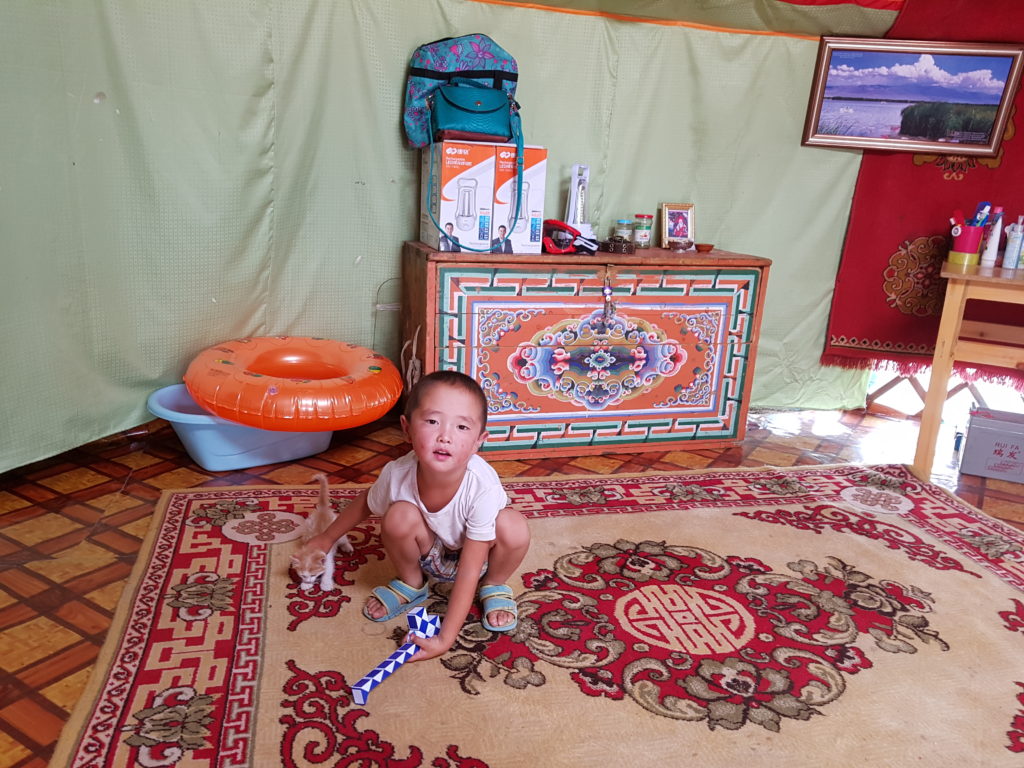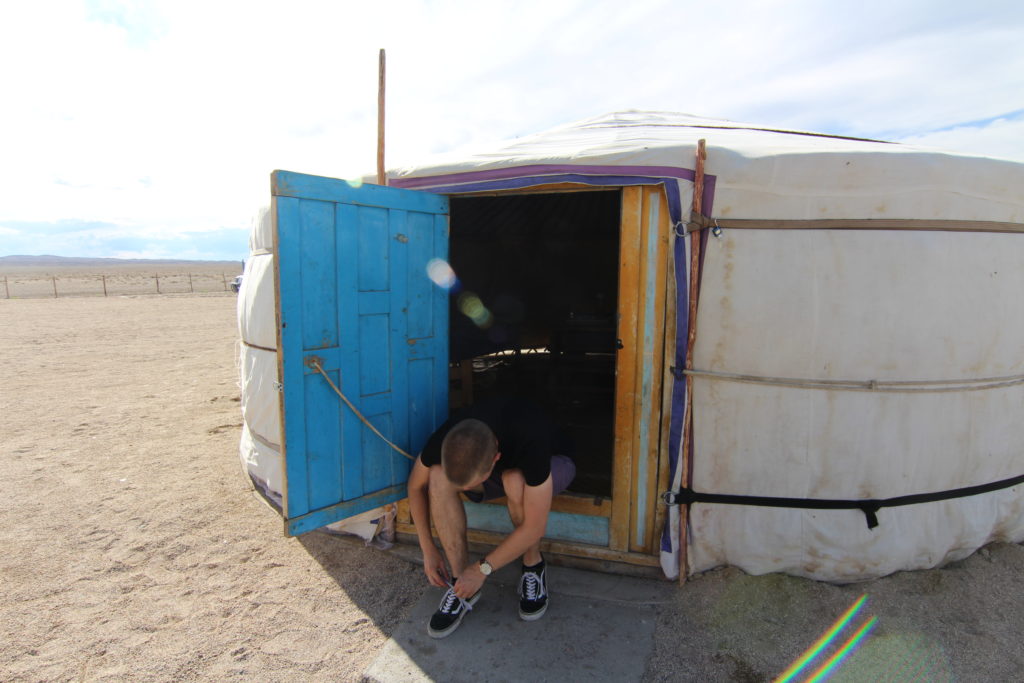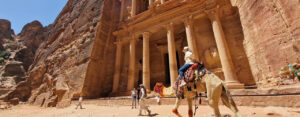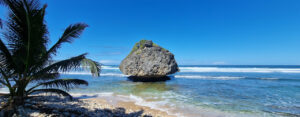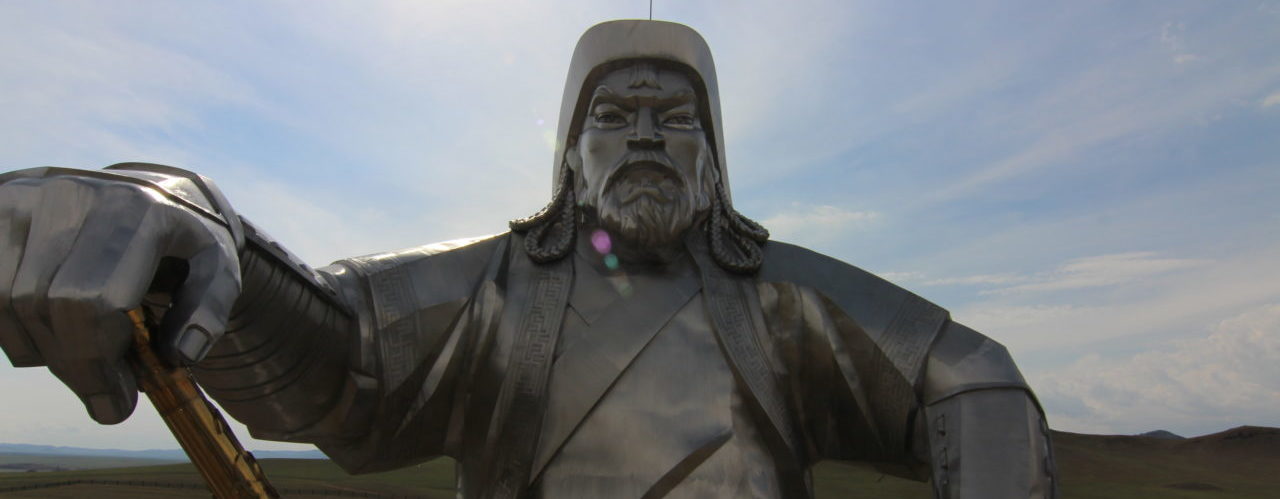
Khan’t Get Off the Steppe!
Last week, Yugyeong and I arrived at the deepest lake in the world before crossing our first land border, into Mongolia. This week, we gather our supplies in the capital before heading off into the wild expanse of the Mongolian steppe, hoping to make it out the other side with Toby in one piece…
Day 15 – Ulaanbaatar, Mongolia
A lie-in in a real bed was sorely needed, despite being only two weeks into a fourteen-week journey. Actually, it’s felt more like three months already. Given the many thousands of dead insects that were clogging up the grill of the car, and cooking on the engine inside, a thorough wash was long overdue. Toby’s pristine condition lasted about five minutes until we headed up a dirt track to a famous viewpoint of Ulaanbaatar, moving-down all manner of bugs in the process.
The structure at the summit was a bit run-down and the views of the capital weren’t very flattering, but nobody travels to Mongolia to stay in one of the most polluted cities per capita in the world. With that in mind, we started collecting provisions for the next, rather daunting, ten-day leg of our trip: driving through the road-less steppe. After a look around Chinggis Square (so Yugyeong could say hello to her most famous ancestor), we got some rest. The expedition really starts tomorrow.
Day 16 – Ulaanbaatar, Mongolia to Argalant, Mongolia
Before leaving U.B., it’s every tourists obligation to pay a visit to the giant stainless-steel ‘Chinggis Kahn astride horse’ monument located just outside the city. It’s a recent fixture, only nine years old, and was built in an unashamed attempt to attract more tourists to the country. I was sceptical beforehand, as these sorts of attractions are usually over-crowded and underwhelming, but it was actually very impressive, and quiet.
It can be seen from miles around and (unlike most famous landmarks we saw on our American trip) much bigger than we had imagined, whilst also housing the world’s largest Mongolian boot. We were even able to take a lift up his right leg, a door through his crotch, some stairs along his horse’s head, and gaze at the vast expanse of the steppe. From our great vantagepoint we could see an ominous pitch-black, lightning-charged stretch of sky that loomed ever-closer.
There was no escape. As we got back on the road the storm engulfed us. Like we have had to do many times before, we needed to decide whether to stick or twist – whether to ride-it-out or attempt to outrun it. We attempted in vain to do the latter, and after only a few kilometres, we had to concede defeat and baton down the hatches. I feel I write a lot about how beautiful the sky is at night or about how perfect the sunsets are – tonight is absolutely not one of those nights. We are almost unable to go outside for risk of being washed away. Time to break-out the board games.
Day 17 – Argalant, Mongolia to Arvaikheer, Mongolia
What a difference a night makes. The storm had long since passed and we woke up in blistering sunshine once more. Having only made it seventy-one kilometres from Ulaanbaatar, we needed to cover as much distance as we could to catch-up. The longer we drove, the more parched the landscape became, until we finally reached the imposing dunes of the Gobi Desert.
Having expected (and wanted) to be all alone in this arid wilderness, we were taken aback by the number of tourists wondering around as fresh if they’d just spent a night in the Ritz. There are several tourist camps in the area, offering camel rides and nights in luxury gers (Mongolian yurts) and they all looked horrifyingly fake – as if a Poirot had just been filmed there. I doubt any of the visitors set foot more than fifty feet into the desert before going back to have a foot massage from a blind Mongolian child. Anyway, we continued on the increasingly punctured road and were able to find some happier camels to photograph and admire. They are rather impressive! Having set up camp not far from some, I do hope they don’t decide to attack us in the night.
Day 18 – Arvaikheer, Mongolia to thirty kilometres South-West of Bayankhongor, Mongolia
Attack they did not, although we were woken up by a large flock of sheep and goats that wanted to say hello. Very much like Wales. We had two hundred kilometres to go before our next ‘major’ town, Bayankhongor, and once again we were driving on some pretty good roads. Despite the odd mudslide, August hailstorm, and pothole the size of Jupiter, we were starting to think the whole idea of Mongolia being one of the most difficult countries to drive in was a myth.
On the road to our next town we drove passed two Mongol Rally entrants from the UK, oddly driving sensible 4X4’s, that were making really good time. I don’t imagine the four guys driving the 1997 red Nissan Micra will be arriving any time soon. After reaching a bustling Bayankhongor, we found yet another Korean restaurant, and discussed how straightforward our journey had been. We had no idea what torment lay ahead. As we started to leave the town we noticed that the road our sat nav was taking us down was clearly not finished yet. Whilst all other vehicles headed cross-country along different mud tracks and into the distance. We did the same, hoping that we could re-join the finished highway in a few kilometres.
That few kilometres turned into thirty, and took us almost three hours, driving on rocky tracks into another stormy night. We have come to the glum conclusion that the road simply does not exist and that this will be our route for, quite possibly, the remainder of our one thousand kilometres in Mongolia. What was planned to take a few days, may take us a few months!
Day 19 – Thirty kilometres South-West of Bayankhongor, Mongolia to sixty kilometres West of Buutsagaan, Mongolia
Exhausted. The toughest day we’ve had on any journey to date. We started the morning with positive mental attitudes, and blasted out the 1980’s power ballads as we re-started our voyage along the dirt tracks of Western Mongolia. But not even Bruce Springsteen or Europe could keep our spirits high enough as progress was excruciatingly slow – fifteen kilometres an hour was a good speed – any faster and the car sounded like it was falling apart, such was the severity of the continual ridges. By early evening, we were starting to wish we had chosen a different route – not that any other was an option now, we were hundreds of kilometres from the nearest town.
Then, at the worst possible moment, we puncture our left-rear tyre and grind to a screeching halt. Now, changing a tyre shouldn’t be a complex process (even for someone as mechanically useless as me), but we decided to make it as difficult as possible. Our hydraulic jack, unknowingly, had leaked all its fluid – so we had no way to lift the car. Plus, the lever needed to unlock the spare wheel from underneath the car was inside one of the back seats that we removed and left in Korea – so no access to our spare either. With the sun setting and not a soul for miles, we were quite stranded!
Eventually, we managed to flag down a Mongolian car and a father and son came over to have a look at our vehicle. Upon discovering that we had absolutely nothing of any use, they set to work on propping up Toby with rocks and chiselling off the spare from underneath with an old screwdriver they had in the back of their car. Two hours of hard, dusty work later and the new tyre was on. Whilst my faith in humanity never needed restoring, we are both still overwhelmed with the effort two strangers, not speaking a word of English, went to help us. After our U.S. trip, I regretted not writing down the names of those who assisted us in times of need – I want to correct that this time. Thank you for keeping us on the road, Nems & Jirgau Erbagta.
Day 20 – Sixty kilometres West of Buutsagaan, Mongolia to thirty kilometres East of Darvi, Mongolia
The relief of resolving yesterday evening’s debacle quickly wore off as we still had one hundred and fifty kilometres to the nearest town, now without a spare tyre. Late last night, in another large stroke of luck, we drove passed a British car heading in the opposite direction and managed to get their attention to have a chat. Amazingly, despite the fact that they were attempting the same ridiculous ‘road’ as us in a knackered Ford Fiesta, they were not participating in the Mongol Rally (they just fancied a drive from Milton Keynes to Mongolia and back). They were, however, able to inform us that the dirt/gravel/rock/sand/mud road ended soon, and an asphalt one would begin. That was all the encouragement we needed.
We crawled onto a real road for the first time in days and savoured the solid ground beneath our feet. The relief was palpable. We were then able to make it to a garage and, after haggling with the mechanic by drawing numbers in the dirt on our car, managed to purchase a new spare, a jack, and some oil. The workers insisted we tried a local kebab so the youngest, riding his bicycle, guided us to their favourite restaurant. After eating only rice and pasta for days, it was magnificent. After leaving the cheerful town of Altai, and passing another thousand wild camels on our descent through the mountains, we find ourselves, once again, camped by a road on the steppe, relieved that we can continue.
Day 21 – Thirty kilometres East of Darvi, Mongolia to Lake Khur-Us Nuur, Mongolia
Just a short two hundred kilometre hop from our over-night location to one of the biggest lakes in the country. On real roads, it didn’t take us long, and we started the search for the traditional Mongolian campsite that we tried, and failed, to book online. Attempting to find any information about the site beforehand was almost impossible – an ancient map was all we had to go by. With no signage helping us, and no roads going the twenty kilometres to the lake, we had to go cross-country once more, following a dot on a map.
After two hours of searching we almost gave up until we stopped by two gers close to the lake and asked for help. By another miraculous coincidence, it was the campsite managers house, and our ger for the night was just around the corner. Being the only guests (possibly they’ve ever had) they are treating us like royalty, feeding us very well and doing their best to make it comfortable here. Which isn’t easy given the plague of mosquitos, lack of showers, or electricity, or indeed any running water.
But what they have offered us is fantastic insight into what traditional Mongolian life is like: the countless children are happy to clean sheep organs in bowls outside, the mothers watch them and oversee the kitchen, while the fathers go out to herd the camels, horses and cattle. They prepared for us a delicious beef stew so fresh that we saw one of the family carrying the head of a cow to the kitchen an hour earlier. I count myself very fortunate to be able to stay with them, albeit for one day.
Distance Travelled: 6,562km
J
